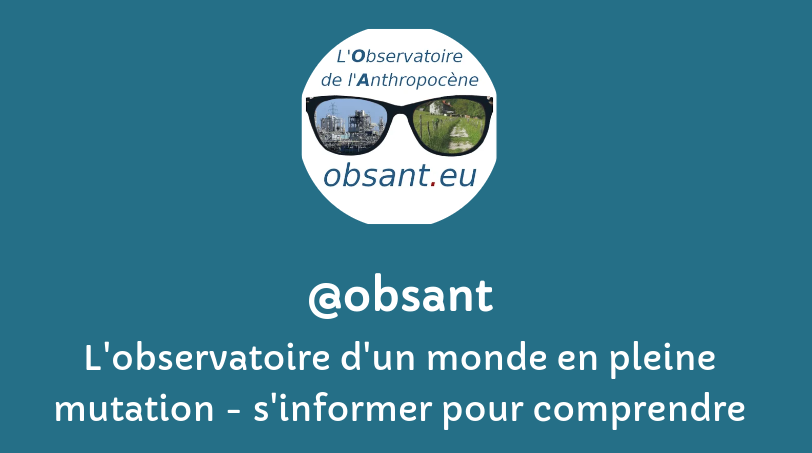Recherche : Articles ![]() Audio – podcast
Audio – podcast ![]() Fiches
Fiches ![]() Livres
Livres ![]() Sites
Sites ![]() Vidéos
Vidéos ![]() retour Veille
retour Veille
Uniquement les Articles
Pour voir les références d’un(e) auteur(e), cliquez sur son nom. Pour revenir à la page, utilisez le bouton refresh ci-dessous.
Cela fonctionne également avec les mot-clés de chaque référence.
filtre:
Microplastic
Microplastics have been found for the first time in human ovary follicular fluid, raising a new round of questions about the ubiquitous and toxic substances’ potential impact on women’s fertility. The new peer-reviewed research published in Ecotoxicology and Environmental Safety checked for microplastics in the follicular fluid of 18 women undergoing assisted reproductive treatment at a fertility clinic in Salerno, Italy, and detected them in 14.
Our study presents a global assessment of microplastic pollution’s impact on food security. By analyzing a comprehensive dataset of 3,286 records, we quantify the reduction in photosynthesis caused by microplastics across various ecosystems.
Plastic pollution and forever chemicals are so widespread they’re even in the rain, putting public health and natural ecosystems at risk.
Amerikaans onderzoek heeft een veel hogere concentratie microplastics aangetroffen in de hersenen dan in andere organen. En die concentratie stijgt snel: met de helft in amper acht jaar tijd.
The exponential rise in microplastic pollution over the past 50 years may be reflected in increasing contamination in human brains, according to a new study. It found a rising trend in micro- and nanoplastics in brain tissue from dozens of postmortems carried out between 1997 and 2024. The researchers also found the tiny particles in liver and kidney samples.
Microplastics are ubiquitous environmental contaminants for which there are documented human exposures, but there is a paucity of research evaluating their impacts on human health. We conducted a rapid systematic review using the “Navigation Guide” systematic review method. We searched four databases in July 2022 and April 2024 with no restriction on the date.
De term ‘microplastics’ werd twintig jaar geleden voor het eerst gebruikt, in een publicatie in het gerenommeerde vakblad Science. 7000 studies later zijn wetenschappers formeel: dit probleem van vervuiling is urgenter dan ooit en vergt een internationale aanpak.
Microplastics and nanoplastics may be present in food, primarily from environmental contamination where foods are grown or raised.
The contaminants have also recently been found in testes and semen amid concerns about falling male fertility
Tot 80% van ons vlees en zuivel zou microplastics bevatten en dankzij pesticiden die we doodleuk op ons voedsel spuiten, eten we dagelijks PFAS. Geen enkel zinnig mens kan dat goedpraten, meent landschapsarchitect Louis de Jaeger. Hoe kan het dan dat we dat toch blijven doen?
Microplastics and nanoplastics (MNPs) are emerging as a potential risk factor for cardiovascular disease in preclinical studies. Direct evidence that this risk extends to humans is lacking.
Scientists express concern over health impacts, with another study finding particles in arteries
Microplastics stapelen zich op in de Vlaamse kustwateren, zeehavens en estuaria, blijkt uit grootschalig onderzoek door het Vlaams Instituut voor de Zee (VLIZ). Op twintig locaties werden honderden stalen genomen, en die bevatten allemaal plastic.
Nieuw Amerikaans onderzoek heeft uitgewezen dat een literfles mineraalwater tot 240.000 kleine plasticdeeltjes kan bevatten. Dat is tien tot honderd keer meer dan tot nog toe werd gedacht.
De landbouw moet dringend minder plastics gaan gebruiken, stellen wetenschappers in het vakblad “Nature”. Zo kunnen we voorkomen dat microplastics en giftige chemicaliën terechtkomen in de bodem, en ook in ons voedsel.
Microplastics in de lucht vormen een grotere bedreiging voor de menselijke gezondheid dan eerder gedacht, stelt nieuw onderzoek. Elk uur ademen we gemiddeld 16,2 deeltjes microplastics in - dat komt overeen met de grootte van een hele kredietkaart per week.
Een meerderheid van de Belgen zet plasticvervuiling in zijn top drie van grootste milieuproblemen, maar weet niet goed waar ze zelf kunnen helpen. Een gemiste kans, zegt de Belgische organisatie River Cleanup, want er is veel dat we kunnen doen.
Microplastic pollution reduces energy production in a microscopic creature found in freshwater worldwide, new research shows. Paramecium bursaria contain algae that live inside their cells and provide energy by photosynthesis. The results of a NEW STUDY showed a 50% decline in net photosynthesis—a major impact on the algae's ability to produce energy and release oxygen
Plasticvervuiling is alomtegenwoordig: in onze huizen en werkplekken, tot in de diepste uithoeken van de planeet. Er sijpelen zelfs microplastics tot in ons bloed. De vervuiling van ons eten en drinken verdient daarom minstens evenveel aandacht als de vervuiling van de oceanen, vinden experts.
Walvissen krijgen veel meer plastic binnen dan tot nog toe werd gedacht. Uit onderzoek door de Universiteit van Stanford blijkt dat een doorsnee walvis tot 40 kilogram per dag binnen krijgt.
![]()



